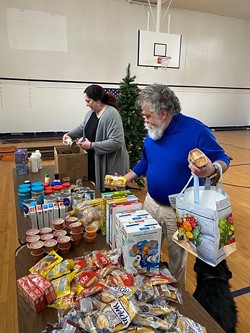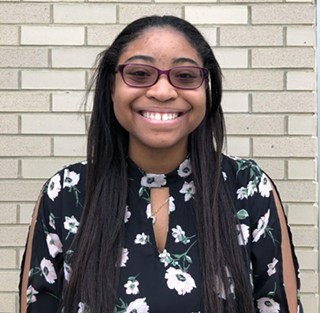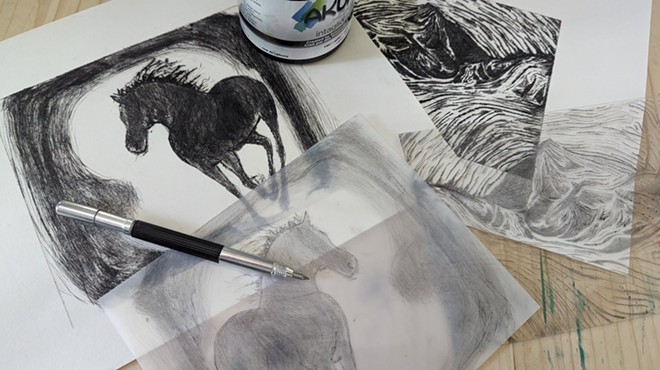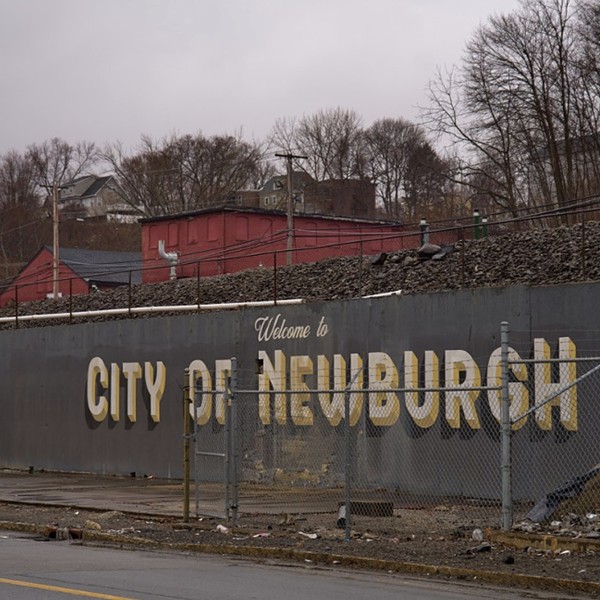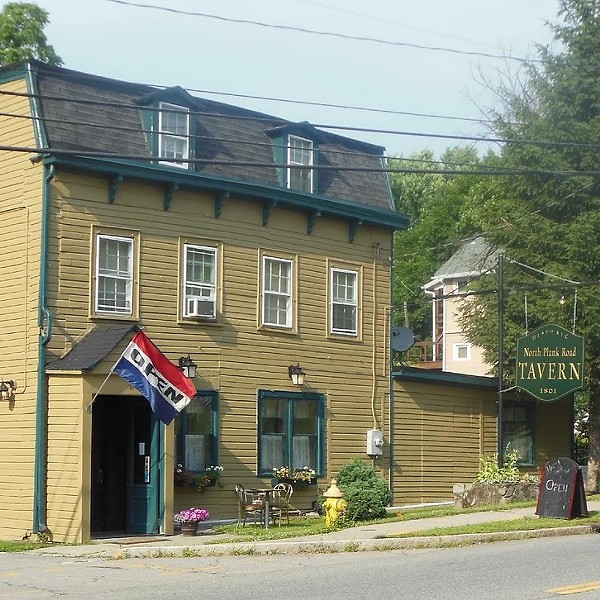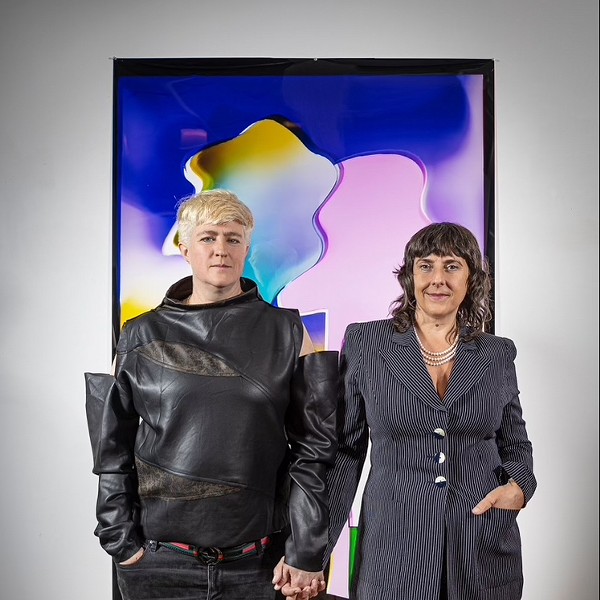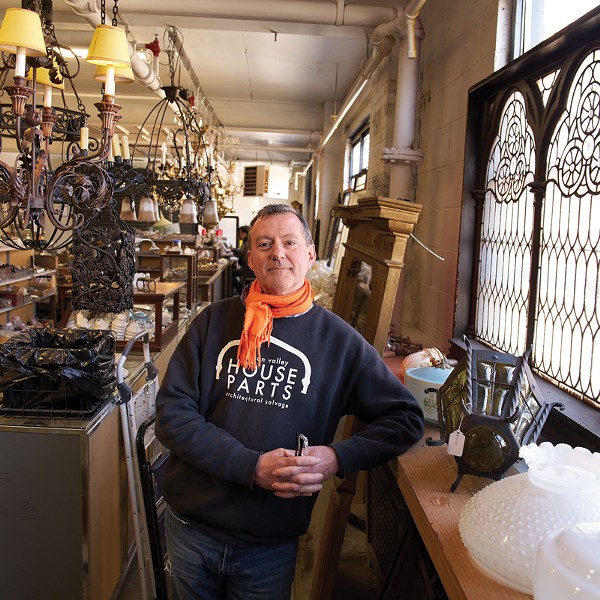When Governor Andrew Cuomo mandated school closures effective March 16, Mark Connell’s thoughts rushed to his students, worrying what two weeks without school would mean for them. Connell is the executive director of San Miguel Academy. The tuition-free, faith-based independent school was founded in 2006 to serve low-income and at-risk students in Newburgh, a city where almost 30 percent live in poverty. “[Our students] don’t have a lot of advantages, and not being in school would only magnify those disadvantages,” Connell says.
At first, he worried that the students would be left unattended at home while their parents worked. Then Cuomo signed the New York State on PAUSE executive order on March 20, mandating all nonessential businesses to close and people to stay home. “They’re not making any money. They have no savings. How are they eating?” Connell asked.
These extraordinary circumstances have laid bare the educational inequality between school districts, as closures have pushed many schools to distance learning. In many places, students don’t have internet access or the technology to make remote learning possible, and many students’ parents have lost their income to feed their families. Resource disparities between schools mean that not all can provide laptops, tablets, and food to bridge the gap caused by COVID-19 closures. Luckily for Connell’s students, the San Miguel community has come together to ensure they thrive despite the pandemic.
Thanks to Chromebooks gifted by philanthropists in 2018, the 60 boys can continue their studies and interact with their teachers and peers.
Connell says San Miguel is responsive to every students’ individual needs, with a strong emphasis on interpersonal relationships. “Even if the children aren't physically in front of us, we could still keep the relational part of what we do strong and active,” he says. The first three hours of the school day are devoted to classes with their teachers. The second half is individualized learning through online education programs.
Science teacher Jessica Dauer switched from hands-on lab experiments to virtual lab exercises and science games in the first three hours so families don’t have to buy materials the school would normally provide. Though she can no longer walk between the rows of desks in her classroom, seeing her students on video calls and responding to their emails allows her to check in with them. “Not only is it an opportunity to check up on them academically, but it goes beyond that,” she says. “We’re all cooped up in the house, we’re all getting stir crazy.”
Besides readjustments to their learning experience, the basic structure of a San Miguel education hasn’t changed. The boys don their San Miguel uniforms every morning, log into “homeroom,” and have morning announcements. Then a student leads a prayer, recites the school creed, and they participate in the collaborative learning that reinforces the San Miguel brotherhood.
That brotherhood spans beyond academics and class years. With many students losing access to hot, nutritious meals, San Miguel alumni whose colleges and universities also closed are delivering food to current students and buying groceries for the school’s pantry. In a time when many feel families feel isolated, Connell says the San Miguel family is stronger than ever. “We say to ourselves every day that we’re in this together.”







